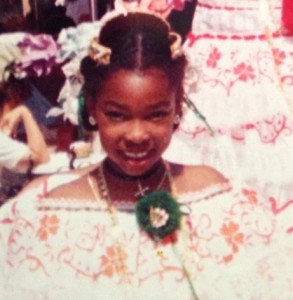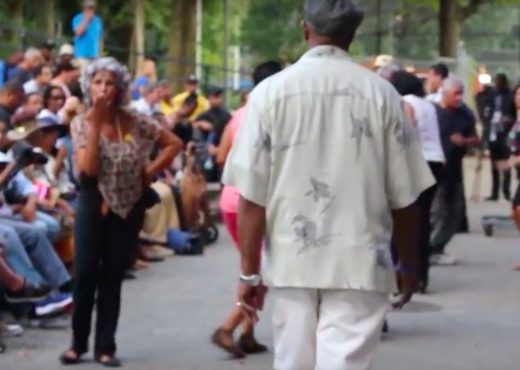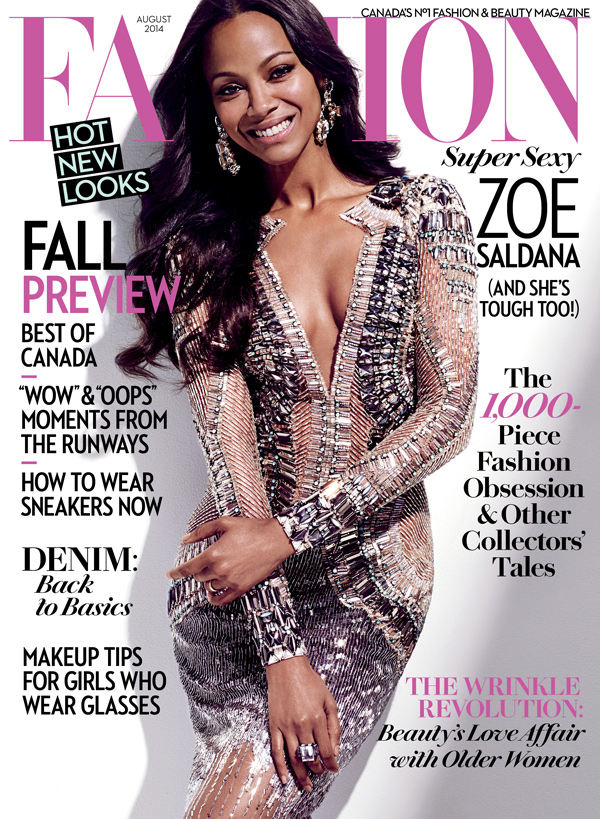Dressed in a large colorful flowing skirt and top, tons of jewelry, and a head full of gold and pearls is how I spent many Saturdays of my childhood. And even though I was accustom to wearing mi pollera, I had no idea how significant it was to my parent’s home country of Panamá.
My parent’s generation was the first to come to the U.S., and they did their best to teach my generation about Panamá’s history and culture. That involved all the kids learning and performing Panamanian Típico dances.
Twice a month mi mamá and mis tías gathered everyone together to learn Típico and various things about Panamá. All of us kids dreaded spending our Saturdays doing this. We were young, so the importance of what we were learning didn’t matter to us.
After months of practicing we learned full dance routines and started performing at cultural events. For these performances we wore traditional Panamanian clothing: polleras for the girls, montunos for the boys.
Mi pollera was orange and white, and was trimmed with dark green ribbon. With detailed embroidery and handmade lace; la pollera is an off the shoulder blouse and a two piece skirt. Wearing mi pollera was like playing dress-up; it was the only time mi mamá would let me wear lipstick. Adding to the playing dress-up fantasy was all the gold jewelry that I got to wear.
Then there was the dreaded part of wearing the tembleques (hair pins). These, along with larger hair combs get placed in specific parts of the head to resemble a crown. I hated wearing the Tembleques because they were heavy, and sometimes gave me a headache.
But once I had everything on, I loved the way I looked. I especially loved the big full skirt of la pollera. Holding the sides of the skirt out as wide as I could, spinning round and round was my favorite thing to do. Mi Pollera made me feel beautiful.
After a few years we eventually stopped performing, but the feeling I got from wearing that dress stayed with me.
While visiting Panamá in 2008, I told mi mamá I wanted to take a professional pollera picture. I had so many pictures of myself wearing mi pollera when I was little, why not have pictures of myself wearing it as an adult.
When I got to the studio the photographer had a beautiful red and white Pollera that was trimmed with blue ribbon. They had all the tembleques and jewelry too. Once I put the dress on I of course felt beautiful, just as I did when I was younger. But this time I was able to admire the beauty of la pollera.
The elegance of the photos had me in awe. It felt good seeing myself representing my culture in a way I hadn’t in years.
Mi mamá was especially touched by the pictures. When she was a child she didn’t have a pollera. Back then it was a coveted item, worn only on special occasions. Growing up in Panamá and learning the importance of la pollera, mi mamá was happy to see me wear something that she never got to wear as a child.
Being able to look back at pictures of myself wearing mi pollera when I was a kid, and now as an adult is a full circle moment. With its grace and sophistication, no other folk tradition in Panamá is held higher than la pollera. And I am honored to have worn and owned something that represents Panamá’s culture and spirit.
You can follow Tamika Burgess’ work by visiting The Essence of Me, or on Twitter or Facebook.





